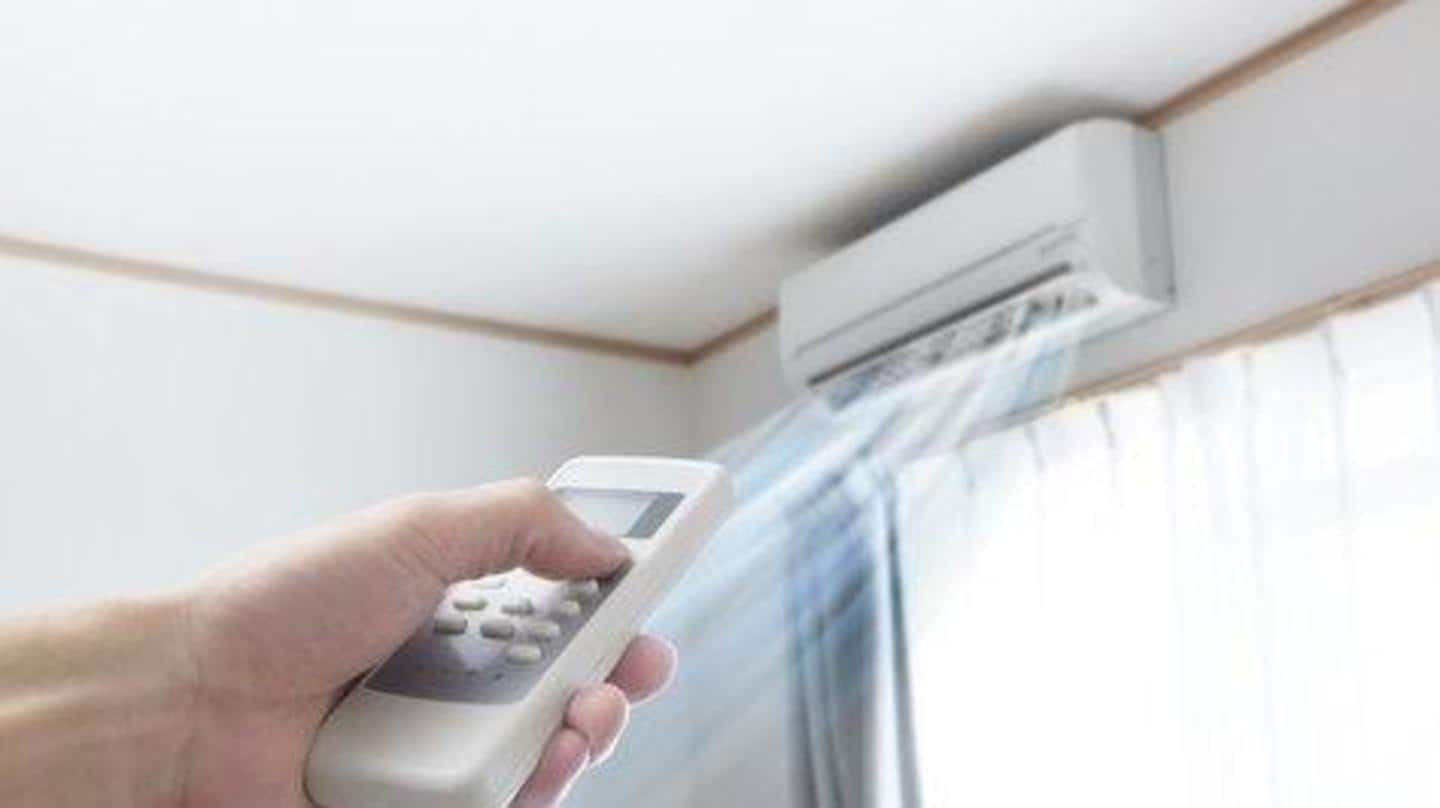
Your AC could be spreading COVID-19: Here's how
What's the story
A few days back, the World Health Organization suggested COVID-19 could be spreading through airborne particles breathed out in closed, indoor spaces. The possibility, if confirmed, would mean that the novel coronavirus behind the disease transmits more easily than previously thought of. And, now, a Harvard scientist says that airborne transmission might also mean air conditioners could be contributing to the spread. Here's how.
Airborne transmission
What is airborne transmission?
In airborne transmission, while exhaling, talking, or singing, an infected person releases viral particles in the form of dry and extremely tiny aerosols (smaller than 5 microns), which remain suspended in the air for hours and infect others sitting in the same environment, breathing the same air. These particles can easily glide the length of the room before losing their infectivity.
Previous stance
What WHO says about transmission of COVID-19?
Since the start of the pandemic, WHO has been saying COVID-19 primarily spreads through larger respiratory droplets, released while sneezing/coughing, and airborne transmission was only possible in medical settings. But, just recently, after drawing flak from over 200 experts, the UN body acknowledged that there is "emerging evidence" of airborne spread in "crowded, closed, poorly ventilated settings" and it is looking into it.
Problem
If true, AC units could be a major problem
The possibility of airborne transmission, if confirmed, would mean that the virus can spread more easily indoors. Several studies have already shown a high attack rate in indoor environments, and, according to Harvard epidemiologist Dr. Edward Nardell, air conditioning units installed, especially in corporate settings with a large number of people, could be adding to the problem and contributing to the spread.
Problem
ACs bring little outside air
Dr. Nardell did extensive research on the impact of AC units on the spread of airborne infections and came to the conclusion that ACs increase the risk of transmission. This is because they provide the cooling experience in closed spaces, which largely blocks the entry of fresh air from the outside and forces people to breathe the same air particles exhaled by someone else.
Quote
Here's what Dr. Nardell said about such transmission
"We call it rebreathed air fraction, and if someone is infectious, often asymptomatic, you're going to be rebreathing their small particles," the Harvard professor told ABC Action News.
Problem #2
External environmental conditions do not help the case
Even as ACs increase the risk of transmission, people find it hard to avoid their use - due to increased heat and humidity outside. At home, you can, perhaps, open doors/windows for ventilation and bear without AC. But, in closed office spaces where people work for hours, making do without AC is impossible, and enabling ventilation and dehumidifying air is not economically feasible.
Problem #3
Air conditioning can also carry large particles further
Dr. Nardell also noted that air conditioning units can generate air currents that may carry infected particles. This further increases the risk of airborne transmission in indoor environments where people are already not as properly distanced as they would be outdoors. But, he also says that such particles can be killed by installing cheap and affordable UV light-based germicidal lamps.
Information
So far, COVID-19 has infected over 1.27 crore people
The concerns around the airborne transmission of COVID-19 come as the disease continues to wreak havoc worldwide. It has already infected over 1.27 crore people and killed over 5.6 lakh globally, with the US being the worst hit.